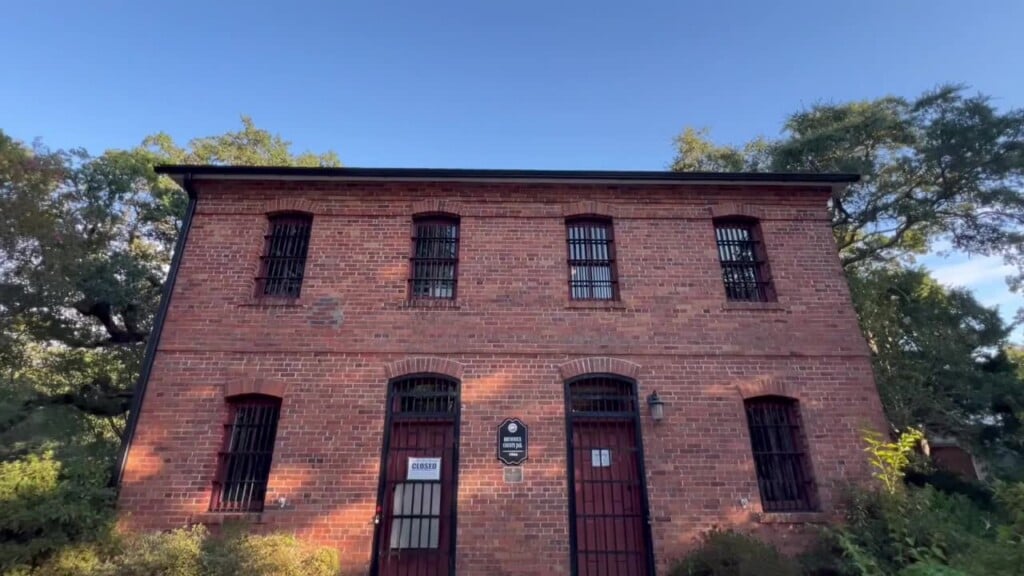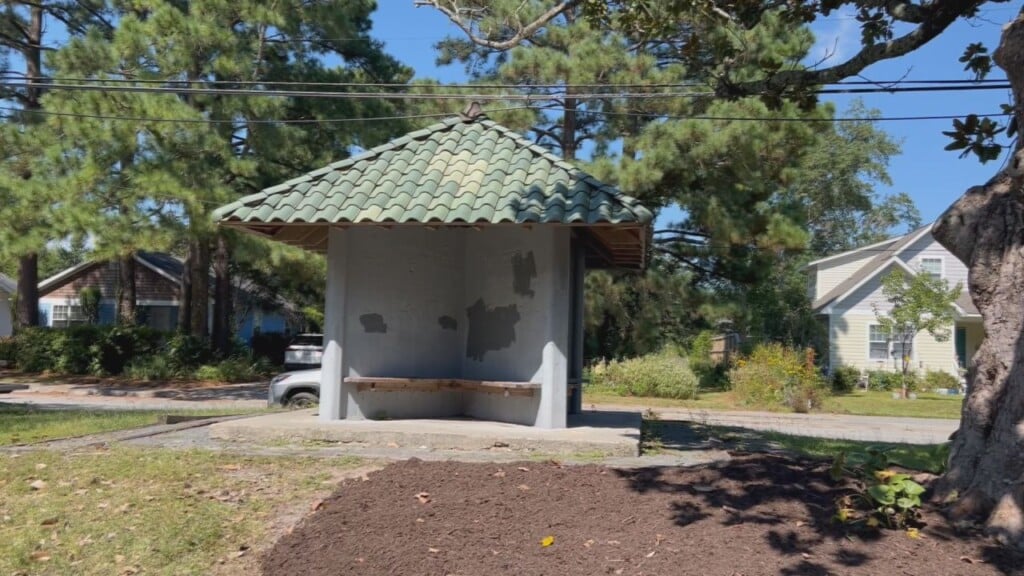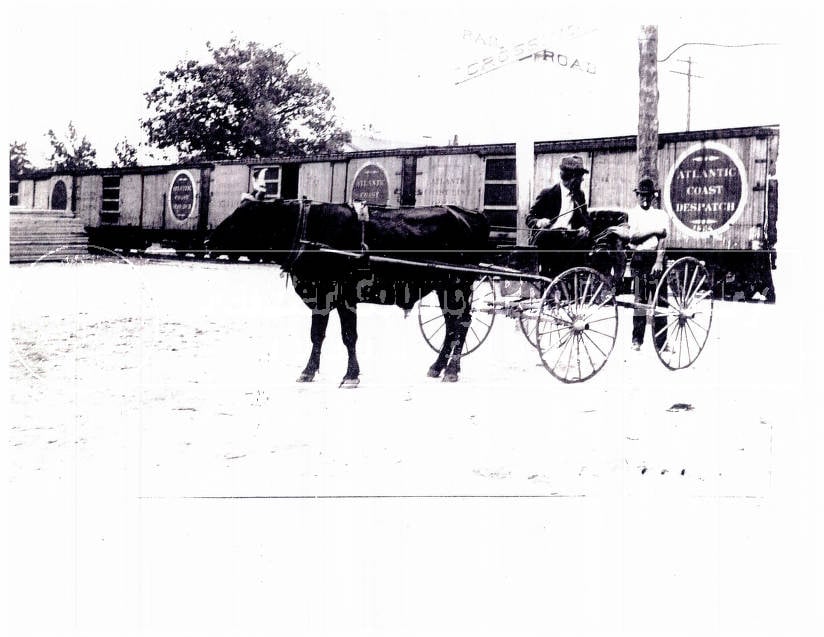History with ‘Hud’: Revisiting the events surrounding 1898 Wilmington Massacre
WILMINGTON, NC (WWAY) — Sunday marks 126 years since the only successful coup in United States history took place in Wilmington on November 10, 1898. Several days of tragic events would see local officials overthrown and countless African Americans lying dead in the streets.
Before the historic violence took place, the Port City was remarkably integrated for the time period. In the decades after the Civil War, three out of ten aldermen were African Americans, with African Americans working as policemen, firemen and magistrates.
But the tides began to turn towards the end of the 19th century when Rebecca Felton gave a speech in Tybee Island, Georgia calling for the lynching of African American men to protect white women. Her white supremacist speech gained widespread attention.
In 1897 the North Carolina Democratic Party embarked on a white supremacy campaign to drive out Populist and Republican politicians out of office during the approaching 1898 election. The campaign used speeches, propaganda cartoons and threats of violence to create support.
Leading up to the election on November 8, local Democrats used intimidation and threats to stop African Americans from voting. Former Confederate Colonel Alfred Moore Waddell encouraged white residents on the eve of the election to tell any African Americans they spotted on the way to vote to stop and if they didn’t to shoot them down in their tracks.
As if that wasn’t enough, election officers even tampered with the returns. Not surprisingly, Democrats swept the election.
The next day, on November 9, a meeting was held at the court house at 11:00 a.m., calling for all white males to attend. An estimated 1,000 people showed up from all walks of life, drafting what became known as the “White Declaration of Independence”, declaring to never again be ruled by men of African origin.
More than 450 white men signed the declaration.
A crowd gathered and increased to around 2,000 people the following day as they traveled across town to The Daily Record newspaper building. The mob invaded the structure around 9:00 a.m. and a fire broke out, with the top floor being destroyed first before flames overtook the entire building.
The crowd posed for photographs in front of the burned-out frame before violence broke out in other parts of the city.
Shooting first began around 11:00 a.m. at the intersection of North Fourth Street and Harnett Street, starting a wave of deadly violence. More shots rang out from the same spot around an hour later, with Wilmington soon declared under martial law.
Numerous more African Americans were gunned down across the city as the day continues, some by crews of white militiamen with rapid-fire guns on the back of a wagon.
All of those who are known to have died were African American. While there is no comprehensive list, it’s estimated anywhere from dozens to hundreds of people were killed in the violence.
In the hours to follow, Republican and Populist city officials were forced to resign, with white Democrats put in their place. White supremacist campaign leader Alfred Moore Waddell was named mayor in place of Silas P. Wright who was banished from the city.
More than 1,000 African Americans are estimated to have fled to the surrounding swamps to escape the danger. Restriction on black voting followed soon after, marking the onset of the Jim Crow era of segregation.
Deep segregation slowly lessened in the decades to follow, but remained an issue well into the 20th century. By the start of the 21st century, an 1898 Memorial Park was built in 2008 to commemorate the lives lost during the tragic point in Wilmington’s history.
It will ensure no one ever forgets how far this City of Wilmington and the country have come since the somber day more than a century ago.
Meteorologist Matthew Huddleston (‘Hud’) has always had two major loves – weather and history. While you can watch him talk about weather each morning on WWAY, he looks forward to bringing you a little piece of history each Thursday on WWAY’s website.
To read other History with ‘Hud’ segments, click HERE.




